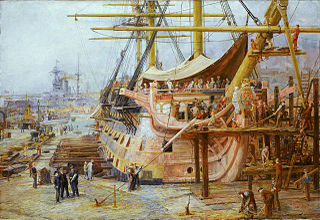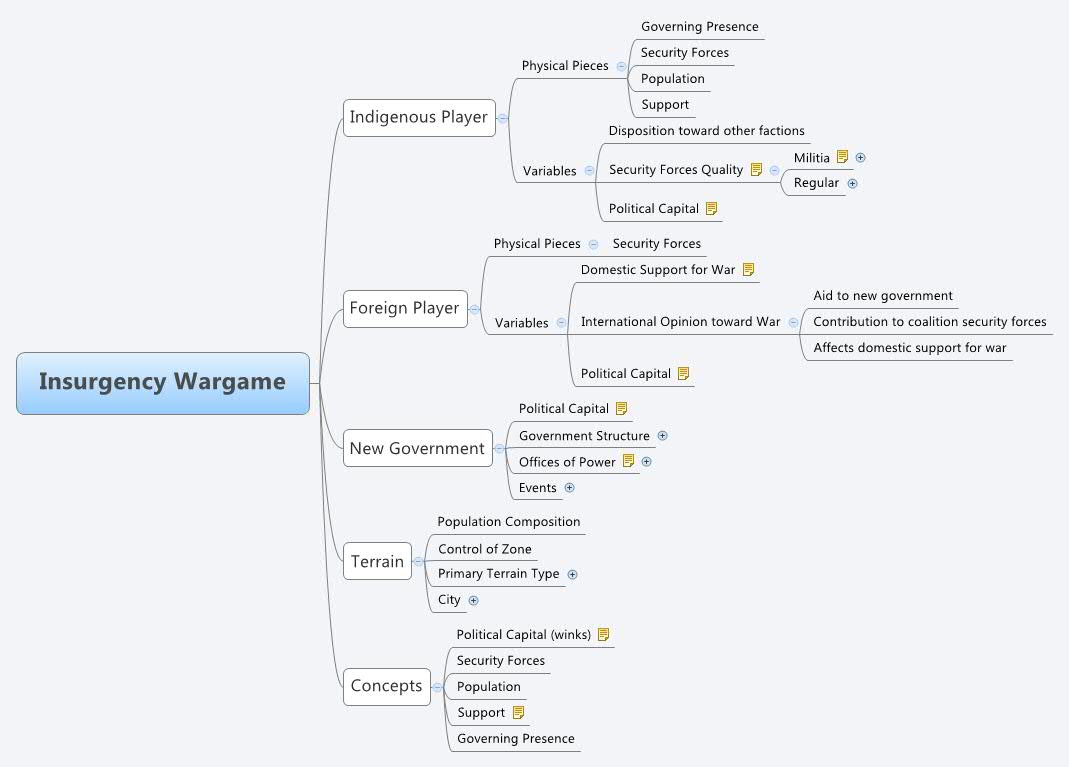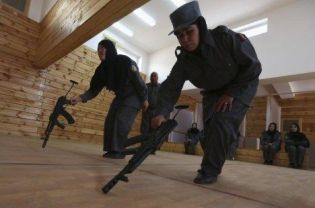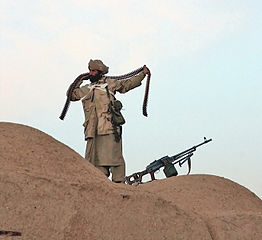An excellent primer on US defense organization
In light of General Martin Dempsey’s selection as Chairman of the Joint Chiefs of Staff, Gulliver at Ink Spots has written an excellent post about the current structure of the US Armed Forces. This is a perfect way for novices to get a clear understanding of the different roles played and responsibilities held by national security principals. Here’s an excerpt:
First, let’s talk for a second about Goldwater-Nichols and the organization of the U.S. Armed Forces. The Goldwater-Nichols Department of Defense Reorganization Act of 1986 made a number of very significant changes to the way the DOD does business, changes that were fundamental and foundational and still widely misunderstood by the broader public. Here’s the most important one: since 1986, the department has been organized in a way that is meant to facilitate jointness and the most effective use of all military tools in an integrated, rational way.* One set of organizations — the military services — is responsible for generating andsustaining combat power, while the other set — the combatant commanders — is responsible for using that combat power to win wars and meet national objectives. The individual services and their chiefs have nooperational responsibility or authority — they are merely the force provider to the combatant command “customer,” who is responsible for requesting and employing appropriate forces to accomplish warfighting missions. Remember this, because it’s really important.









